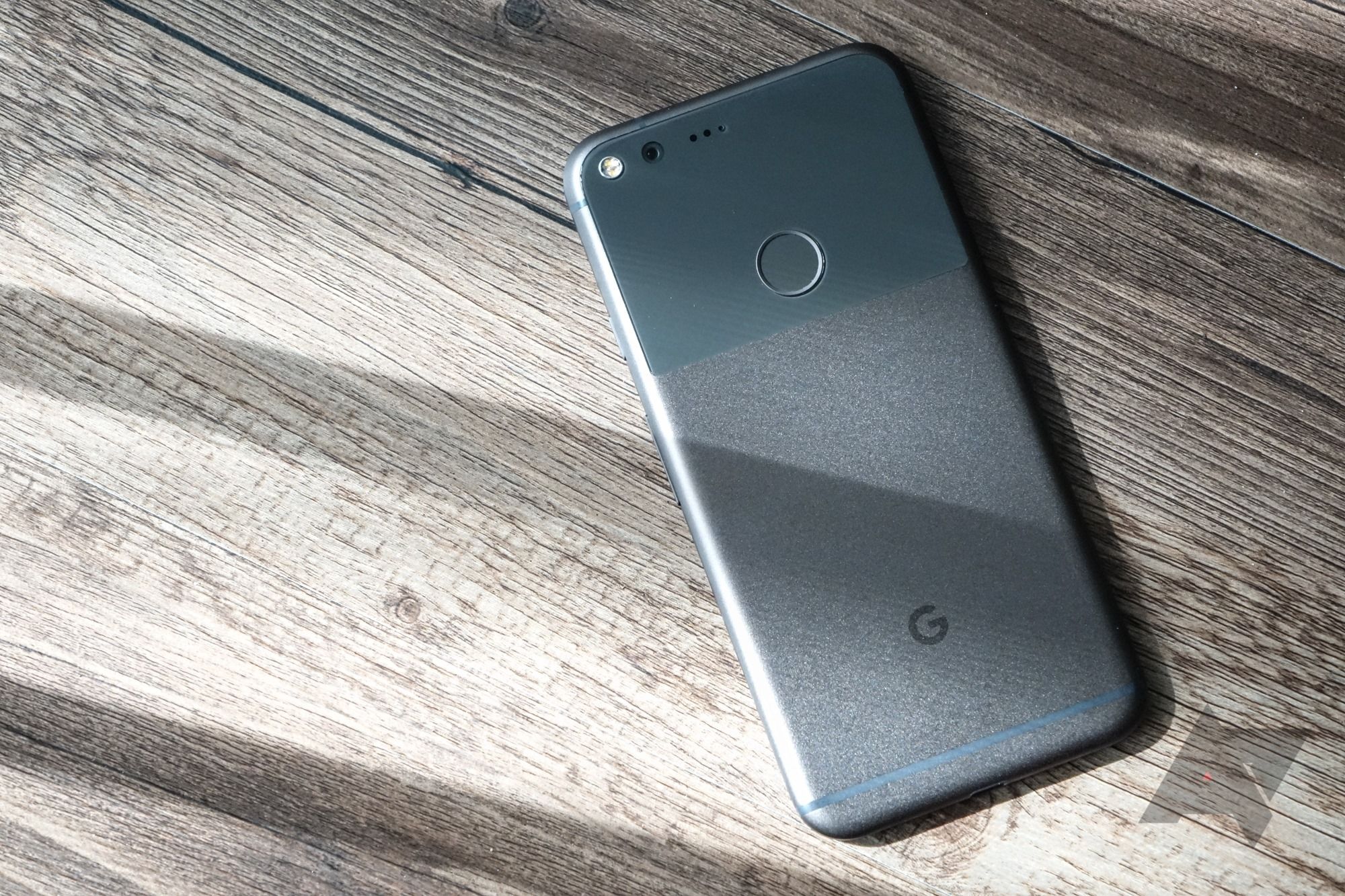Summary
- Google has promised seven years of updates for the Pixel 8.
- Google’s seven-year pledge is supported by a large beta testing community and the Pixel 8’s use of the Tensor SoC for software stability.
- Planned obsolescence in tech drives continuous purchases, but longer update cycles may lead to higher individual phone costs over time.
Nowadays, making sure that you can use your device for as long as possible has become an important factor when people purchase their next smartphone. It’s right in line with the idea of “right-to-repair,” which, for the uninitiated, is a movement that aims to make it easier for tech owners to service their devices with easy-to-get replacement parts. Back in October 2023, Google announced that it would offer seven years of software support and spare parts availability for the Pixel 8. In the latest Made by Google Podcast episode, Google VP of Devices and Services Software Seang Chau offered insight on why and how Google’s seven-year promise will work.

Will 2024’s Android flagships actually last seven years?
As Android heavy-hitters promise longer software support, how gracefully can we expect our hardware to age?
The 20-minute Podcast episode is denser than its length suggests (via 9to5Google). There are two big reasons that Google believes it will be able to fulfill seven years of updates for its Pixel 8 users: Google’s beta testers and the Pixel 8’s chipset. There’s a plethora of beta testers that have provided and will continue to provide feedback throughout the beta Quarterly Platform Releases, and the Pixel’s utilization of the same Tensor SoC across each generation ensures software stability. As for why Google chose seven years as its goal, Chau said that Google noticed the active user base of the original Pixel, released in 2016, was solid enough “probably until about the seven-year mark.”
Samsung mirrored Google’s seven-year promise
In January 2024, Samsung was practically forced into making the same seven-year promise that Google made for the Samsung Galaxy S24 series of phones, which is genuinely a good thing for not just users but for the environment as well. The Galaxy S24, S24+ and S24 Ultra should receive software updates through January 2031, while the Pixel 8 series will see updates through at least October 2030. For those final Pixel 8 updates, Chau said that Google will ensure that new software won’t require extra RAM, storage, or anything that the phone can’t already provide. Compared to Apple’s iPhone ecosystem, where Apple doesn’t clarify how long its devices will receive iOS updates, the iPhone XR, released in September 2018, is the oldest phone running the latest version of iOS, 17.4.1.
Planned obsolescence is a major obstacle for consumers in the world of technology, and companies are constantly trying to meet their bottom line. All companies, in one way or the other, create smartphones that are built to only last for a specific number of years to ensure that consumers buy their next phone, creating a never-ending industry cycle. While it’s a great thing that Google, Samsung, and other companies are promising longer single-phone update cycles, it’s led to increased phone costs, something everyone saw coming over half-a-decade ago when the “right-to-repair” movement began. The Google Pixel 8 is Google’s best non-Pro version yet, but it was still released in October at $100 more expensive than its predecessor. However, that price might have been made more worth it, as Gemini Nano, the on-device LLM, is coming to the Pixel 8 after all.
Source link


